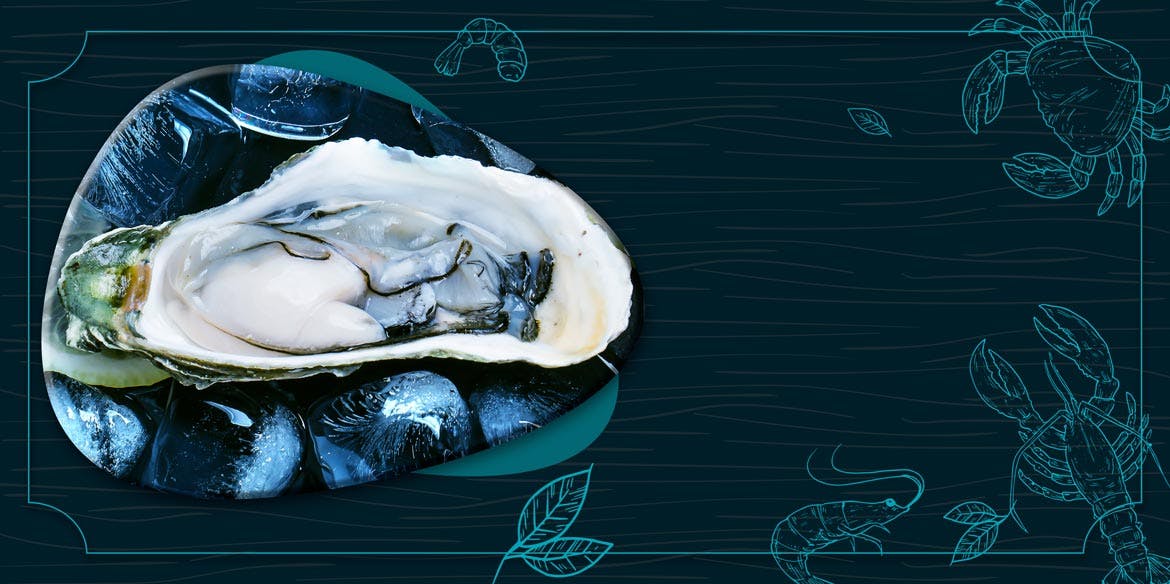When I started Reptigen LLC under the brand Chef Omar, there was no live seafood market in Armenia. None. Restaurants relied exclusively on frozen imports, and the idea of serving live Kamchatka crab, sea urchins, or fresh oysters to discerning diners sounded closer to fiction than feasible business.
But that’s exactly what made it worth pursuing.
This wasn’t just a product innovation. It was market creation — building something from nothing, in a region where the infrastructure, the logistics, and even the customer expectations didn’t exist yet. And that’s where business development becomes more than selling a product. It becomes engineering an ecosystem.
1) Identifying the Market Gap (and Owning It)
Armenia had world-class chefs, luxury hotels, high-end dining, and growing tourism. But no one was serving live coldwater seafood. Not because there was no demand — but because no one had figured out how to supply it.
Where others saw technical impossibility, I saw a blank canvas. The opportunity wasn’t just to sell seafood — it was to be the first and only reliable supplier of live seafood, enabling restaurants to serve a premium experience that literally didn’t exist in the country before.
Lesson:
Real business development is about creating the market you want to lead.
2) When the Tech Doesn’t Exist Locally, Build It Yourself
This project required building proprietary aquaculture systems capable of keeping coldwater marine animals alive for weeks — something no one had done in the region. I designed and implemented a fully closed-loop filtration and preservation system, using techniques adapted from scientific marine labs and scaled for commercial supply.
But here’s the business insight:
Instead of waiting for perfect conditions, I built them. I combined off-the-shelf marine tech, custom-made solutions, and hands-on engineering — not to invent something new, but to make it work here. And that made the business defensible.
Lesson:
Innovation isn’t always invention — it’s effective adaptation where no one else dared.
3) Scaling Without a Map
Every decision, from importing live animals across borders, to dealing with local customs procedures, refrigeration logistics, to packaging for same-day restaurant delivery, had to be created from scratch.
There was no playbook. So I wrote my own.
- I didn’t hire a “supply chain expert.” I became one.
- I didn’t copy what competitors did. There were none.
- I designed the operation to scale gradually — starting with limited volumes, tight feedback loops from top chefs, and only expanding when consistency was proven.
Lesson:
Market leadership isn’t about speed — it’s about creating reliability in what you promise.
4) Creating Trust in a Product That’s Never Been Seen Before
When restaurants only know frozen seafood, convincing them to switch to live product — especially at a higher price point — is not a simple pitch.
That’s where storytelling and education came in:
- I met with chefs in person.
- I delivered samples with proper handling guides.
- I invited them to the facility to see the live crabs and sea urchins being stored, fed, and handled in pristine, restaurant-level hygiene conditions.
- I positioned the brand not just as a vendor, but as a partner in menu innovation.
As a result, high-end kitchens became not only clients but also brand ambassadors — proud to serve the first live Kamchatka crab in Armenia.
Lesson:
Education sells innovation. Transparency builds trust.
5) Making the Business Bigger Than the Product
At its core, this was a logistics and infrastructure business disguised as a seafood supplier.
But the long-term vision was always bigger: to create a cold-chain ecosystem that could eventually support other imported perishables — high-end produce, niche dairy, specialty meats. What began with seafood laid the groundwork for broader import channels and foodtech solutions.
Even if the product changes, the system remains.
Lesson:
Build businesses that outlast their first product.
The Takeaway for Entrepreneurs
If there’s one message I’d give to founders trying to break into “impossible” markets, it’s this:
You don’t need to wait for the right conditions.
You can build the conditions yourself — and in doing so, create a business no one else can replicate quickly.
Reptigen LLC and Chef Omar didn’t just import seafood. We imported possibility — and made it local, fresh, and daily.
Because in the end, real business development is not about selling what people already want. It’s about building the thing they didn’t know was even possible.


